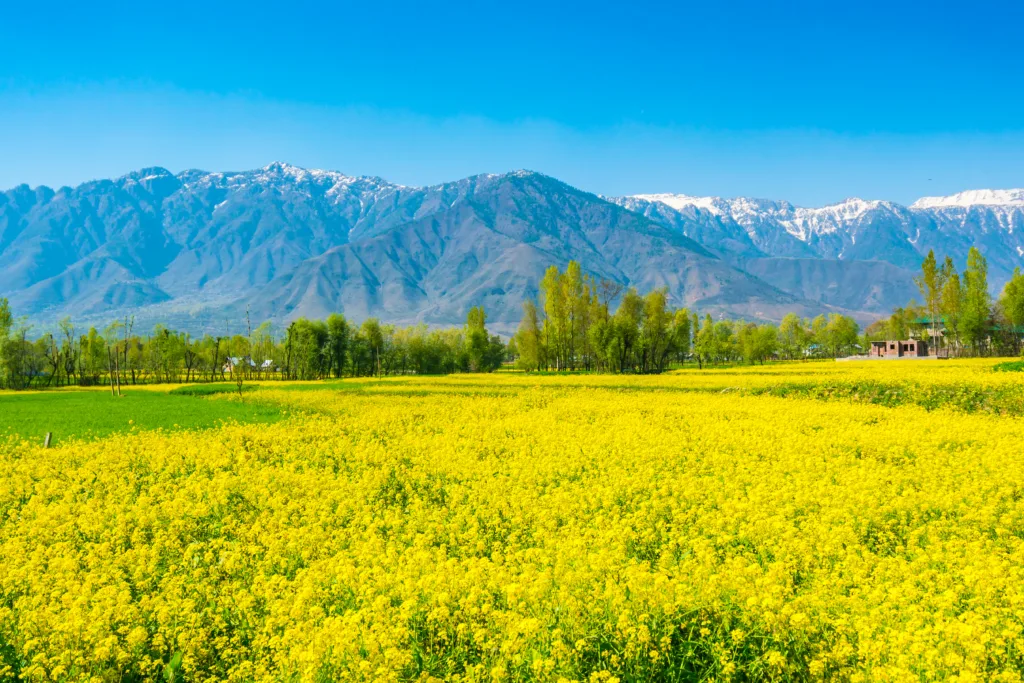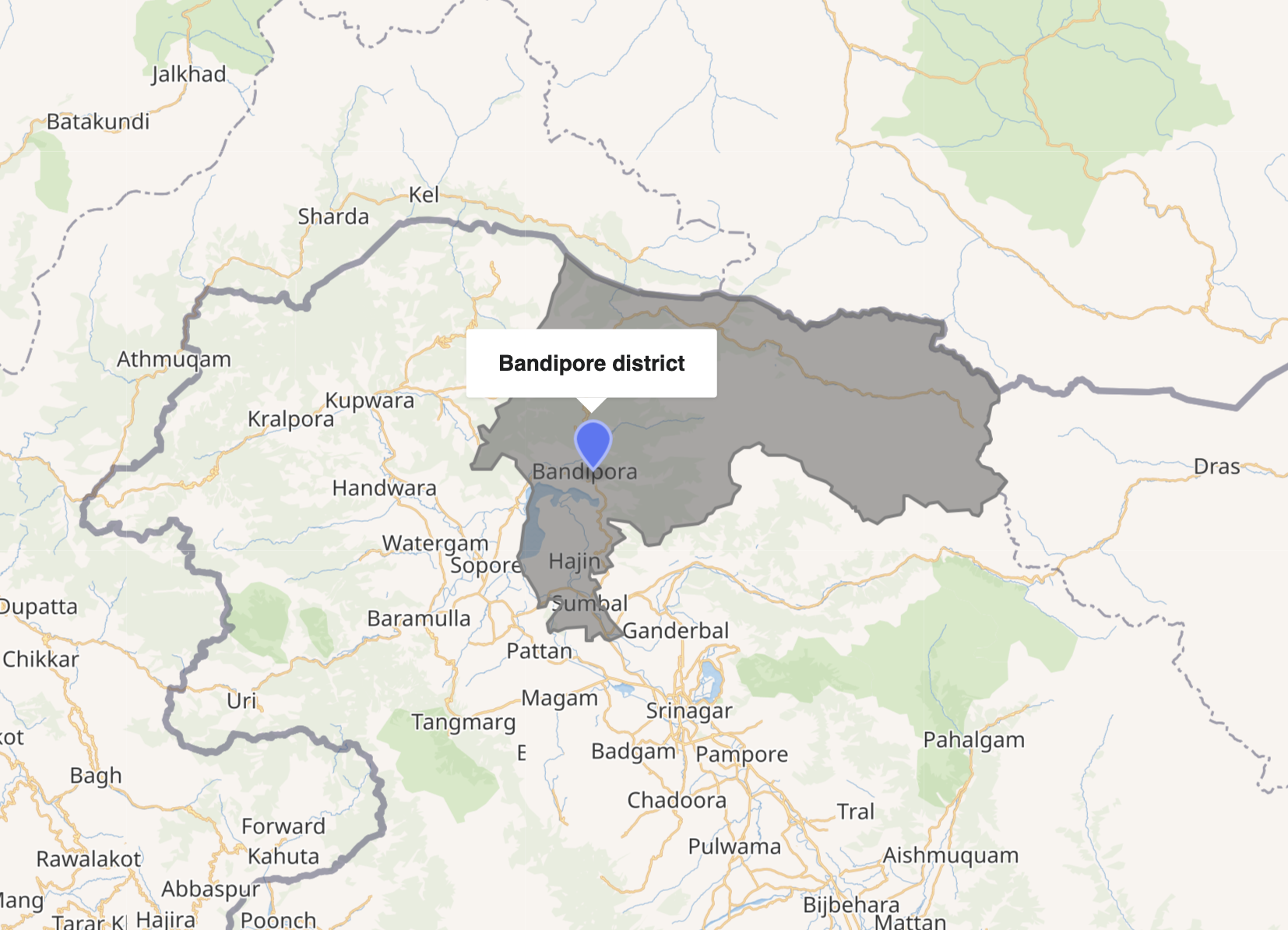Bandipora district, also spelled as Bandipore or Bandipur, is a diverse region comprising seven tehsils: Ajas, Aloosa, Bandipore, Sumbal, Hajin, Gurez, and Tulail. These tehsils encompass a range of geographical features and cultural nuances, adding to the district’s vibrancy and appeal.
The district is politically represented by three Vidhan Sabha constituencies: Gurez, Bandipore, and Sonawari, all falling under the Baramulla Lok Sabha constituency. This political structure reflects the district’s role within the broader administrative framework of Jammu and Kashmir.
Bandipora district is further organized into twelve community development blocks, namely Aloosa, Arin, Baktoor, Bandipore, Bonkoot, Ganastan, Gurez, Hajin, Naidkhai, Nowgam, Sumbal, and Tulail. These blocks contribute to the socio-economic development and governance of the district, catering to the diverse needs of its population.
Demographically, Bandipora district reflects a blend of religious and linguistic diversity. Islam is the predominant religion, with 97.39% of the population adhering to it, while Hinduism constitutes 2.15%, and the remaining 0.46% either follow other religions or their religious affiliation is not specified.
The district’s sex ratio, calculated as the number of females per 1,000 males, varies across different religious communities. The Muslim population, comprising the majority, has a sex ratio of 926, while the Hindu population has a significantly lower sex ratio of 47. Other religious communities in the district exhibit varying sex ratios as well.
In terms of language, the linguistic landscape of Bandipora district is diverse, with Kashmiri being the predominant language spoken by 82.39% of the population. Other languages spoken include Gojri (8.82%), Shina (4.18%), Pahari (1.91%), Urdu (1.27%), and others (1.43%), reflecting the cultural richness and linguistic heritage of the region.
According to the 2011 census, Bandipora district has a total population of 392,232, comparable to the nation of Maldives. This population is distributed over an area of 398 square kilometers, resulting in a population density of 1,117 inhabitants per square kilometer. The district has witnessed a population growth rate of 26.31% between the years 2001 and 2011, indicative of its dynamic demographic trends.
Bandipora’s demographic profile, characterized by its religious diversity, linguistic plurality, and socio-economic dynamics, contributes to the district’s unique identity and cultural tapestry within the broader context of Jammu and Kashmir.


